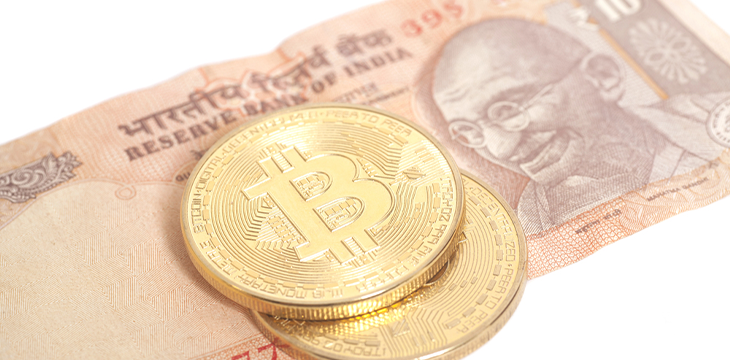|
Getting your Trinity Audio player ready...
|
While central bank digital currencies (CBDCs) can open up a world of new opportunities, they can also reduce bank deposits, affecting the credit-creating capacity of commercial banks.
“As deposits are a cheap and stable source of funding for banks, substitution of bank deposits with CBDCs could impact banks’ overall funding, and ability to lend,” the Reserve Bank of India (RBI) said in its report on currency and finance.
“CBDCs could also impact the commercial bank reserves at the central bank and open market operations,” the central bank pointed out.
The RBI started its first digital rupee pilot in the wholesale segment on November 1, 2022, while the retail digital rupee pilot began on December 1, 2022. As of June 2024, 5,000,000 (fifty lakh) users and 420,000 (4.2 lakh) merchants are participating in the CBDC retail pilot.
According to the central bank, countries with banking systems dominated by small retail deposits and a high share of non-interest-bearing demand deposits could be more vulnerable to deposit disintermediation.
“The implications of CBDC for central banking operations and monetary policy essentially depend on the way it is designed and its degree of usage. If the CBDCs get a positive remuneration, higher usage and adoption of CBDCs could weaken monetary policy transmission,” the report read.
A reduction in availability or an increase in the cost of credit from the banking sector could impact aggregate demand and supply in the economy and weaken the lending channel of monetary policy transmission. On the other hand, positively remunerated CBDCs could lead to more effective monetary policy transmission as banks will need to compete for more deposits. That may lead to maintaining competitive deposit rates, the central bank said.
In May 2024, India was among the 36 countries where CBDC was in the pilot stage. While wholesale CBDC (wCBDC) caters to institutional participants of the financial markets, retail CBDC (rCBDC) is a risk-free digital medium of exchange for retail consumers. The initial use cases for the pilot of CBDC-R included person-to-person (P2P) and person-to-merchant (P2M) transactions. India’s CBDC pilot has introduced additional use cases using programmable and offline functionalities.
According to a PwC report, “Central banks don’t intend to use CBDCs for monetary policy operations as making CBDCs interest bearing carries several risks such as cannibalising other short-term investment vehicles. Such a move could lead to adverse effects on the economic structure, such as shifting of deposits from banks to CBDC tokens.”
Crossborder digital trade
Digitalization in international payment systems has the potential to reduce the cost of sending remittances and to achieve India’s sustainable development goal (SDG) target by 2030.
“Crossborder digital trade policies and digitalisation, along with measures aimed at internationalising the Indian Rupee (INR) and the CBDC project, would play a crucial role in harnessing new opportunities, supporting seamless international transactions, reducing foreign exchange risks and managing global liquidity,” the RBI said.
The availability of e-payment services, policy support for digital businesses, development of local digital skills and data security would help attract digital foreign direct investment (FDI).
“Going forward, given the significant surge in digital transactions, improving the measurement of digitalisation and digital trade in key macroeconomic statistics such as the System of National Accounts (SNA) and balance of payments (BoP) gains significance for better policy formulation, monitoring and governance of the digital economy,” the RBI noted.
India’s digital payments increased by 12.6% this year, to 445.50 as of March 2024, compared to 395.57 in March 2023, according to RBI’s Digital Payments Index (RBI-DPI), which measures the penetration of digital payments in India.
“As the world progresses towards a more interconnected and digitally driven era, the creation of integrated cross-border payment frameworks and CBDCs would provide new avenues for FinTechs [financial technology] to provide cheaper solutions in cross-border payments,” the RBI’s report added.
Watch: Blockchain, IPv6, AI & 5G will pave the way for the new Internet

 12-20-2025
12-20-2025 




